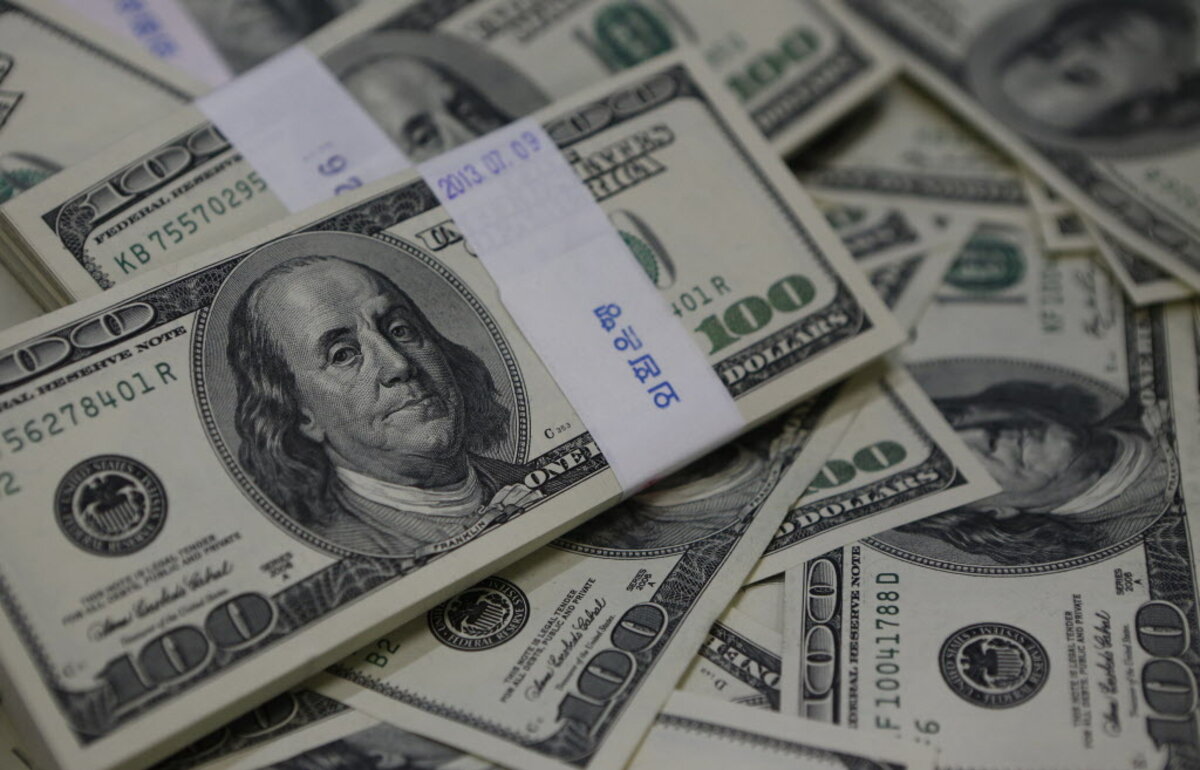How to avoid monthly checking account fees
Loading...
Few of us enjoy reviewing our bank statements, and for good reason: I spent how much on takeout this month? When’s the last time we even watched that channel? I wish I could just quit the gym already. It can be a sobering, regretful and downright frustrating experience.
Perhaps even more maddening is seeing that even your bank hits you with checking account fees for “maintenance.” This is the price you pay just to park your cash in a safe place, and it can add up to more than $100 a year.
But you can avoid those charges by meeting a few reasonable requirements. Here’s how:
1. Save money to meet minimum balance requirements
Fees and rules vary by institution, but customers at most banks and credit unions can dodge monthly charges by keeping balances above a certain amount. For basic checking accounts at national banks that don’t earn interest or other perks, that figure tends to be around $1,000. For premier accounts, it may be as much as $10,000.
Customers who don’t have the funds to meet that mark should consider making a concerted effort to . Approach this as you would any other savings goal.
“Put aside $25 per week — or whatever you can reasonably save — until you meet your goal,” says Carrie Houchins-Witt, a financial advisor in Coralville, Iowa. “Keep saving that $25 each week until you have a cushion. That way, you won’t have to worry daily about dipping below the minimum and getting hit with fees.”
»���Ѱ��鷡:
2. Enroll in direct deposit
Another way to avoid fees is to enroll in , a service through which your paycheck or some other regular money you receive is automatically paid into your bank account. Some banks and credit unions will require you to receive a certain amount of money in direct deposits each month, typically not more than $500 for basic checking accounts. If that applies to you, don’t distribute your income to more than one account.
“If you’re splitting your direct deposit between two accounts, like checking and saving, you may never meet the minimum,” says Johanna Fox Turner, a financial advisor in Mayfield, Kentucky. “But you can set up your direct deposit so that your entire income goes to your checking account, and then simply transfer some of that money to your savings each month.”
3. Open a savings account at the same institution
A bank or credit union also might waive fees for consumers who have multiple accounts under the same roof. For most people, opening a will be the easiest solution.
In addition to helping you avoid monthly service charges, opening a savings account and linking it to your checking account can protect you from incurring overdraft fees, which .
4. Switch to plastic
A few banks and credit unions waive monthly service fees for customers who use the debit card linked to the account a certain number of times each month, usually around 10 transactions. If you’re having trouble meeting some of the other waiver requirements, consider finding .
Next steps
Another option, of course, would be to simply ditch your bank or credit union for one that offers . Just make sure that you won’t be hit with an early termination fee when closing your old account, which can happen when doing so within a few months of opening it.
But if you like your bank or credit union and just want to eliminate fees, these moves can keep you from paying them down the road.
Tony Armstrong is a staff writer at NerdWallet, a personal finance website. Email: tony@nerdwallet.com. Twitter:.This article first appeared in .




